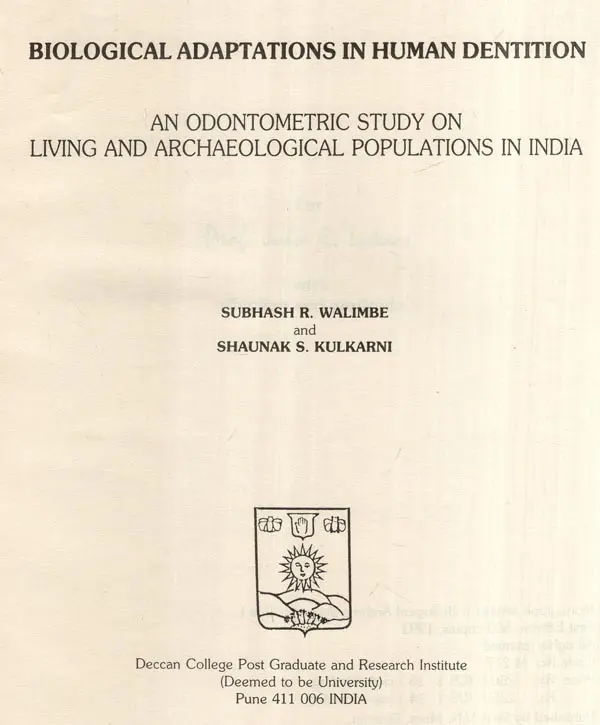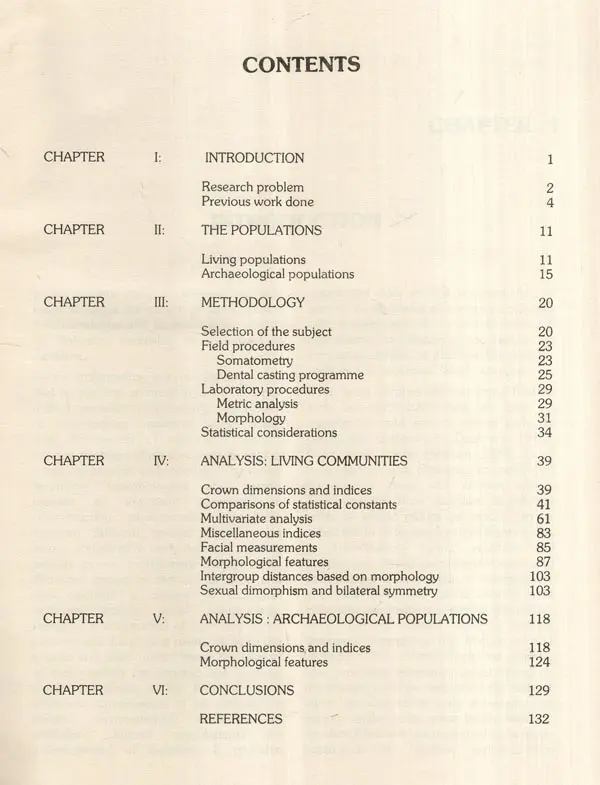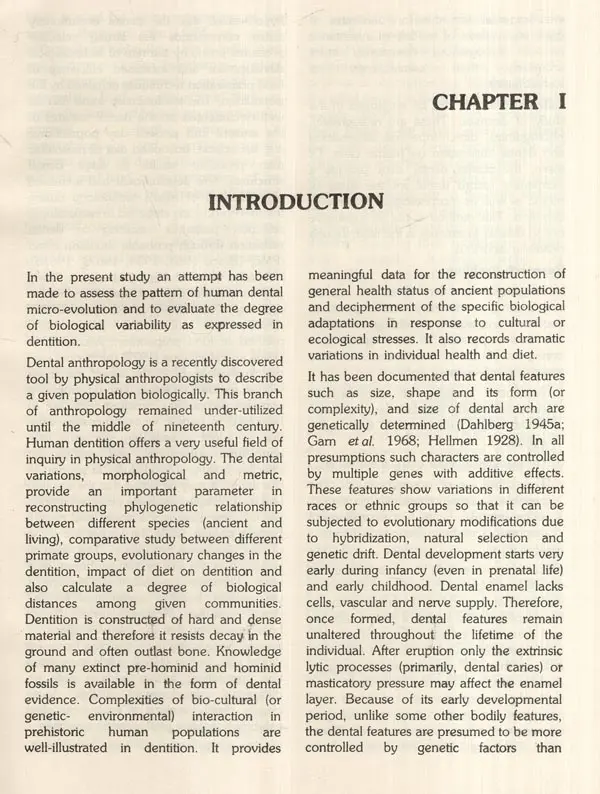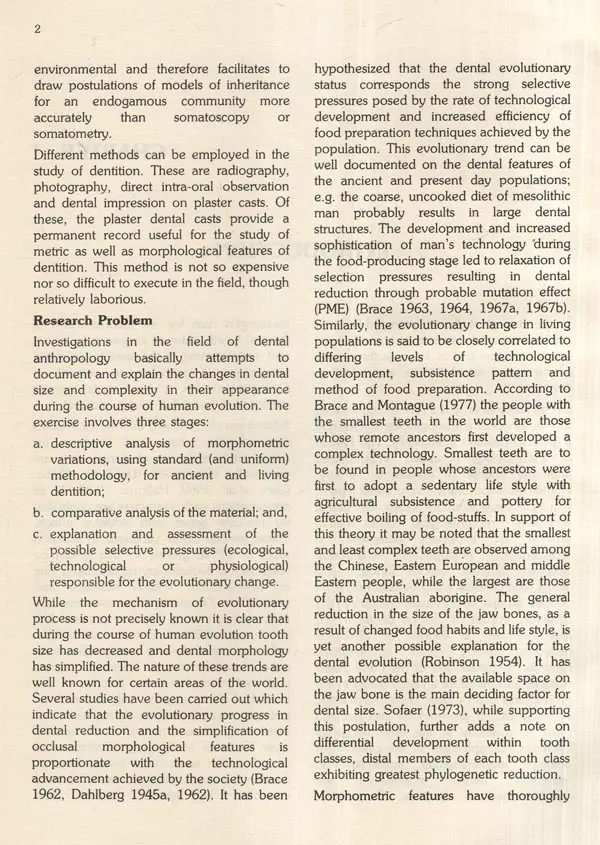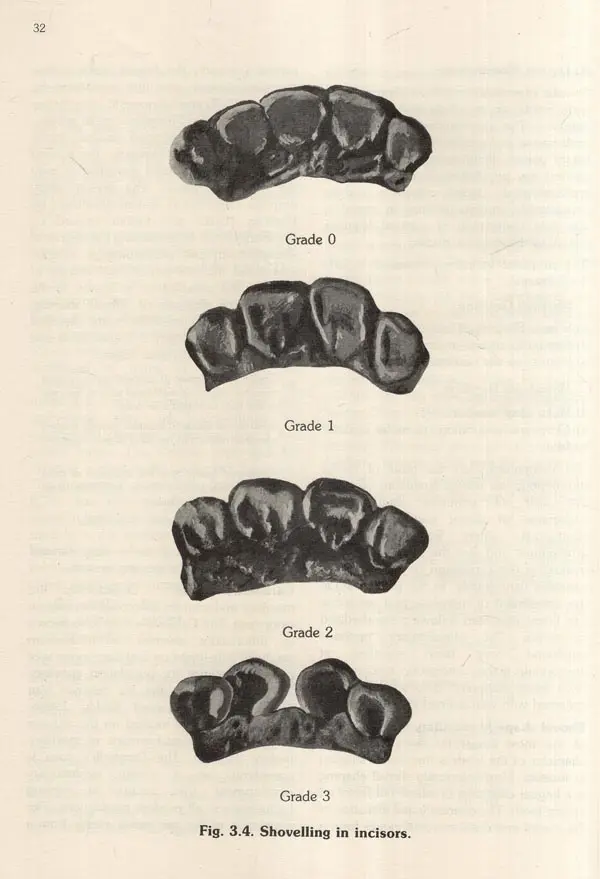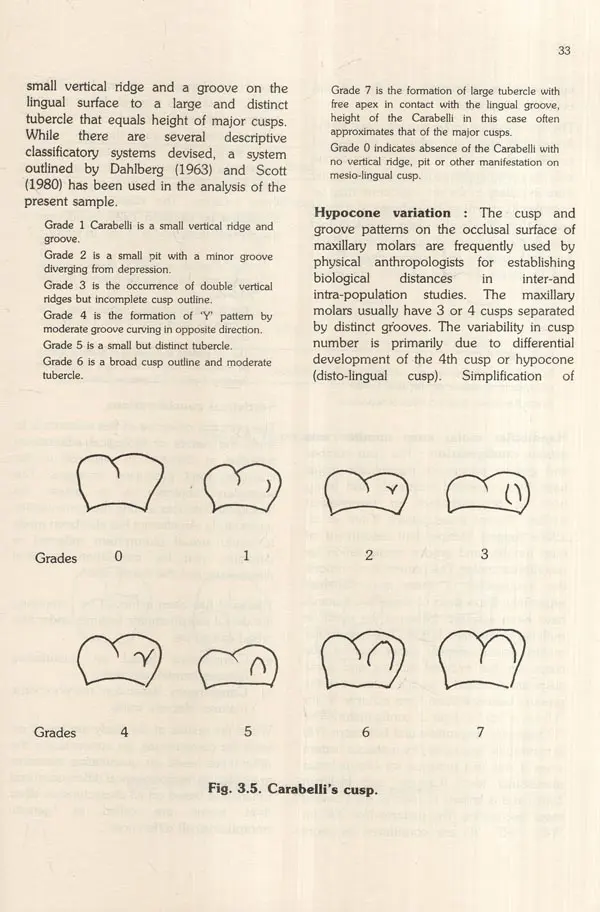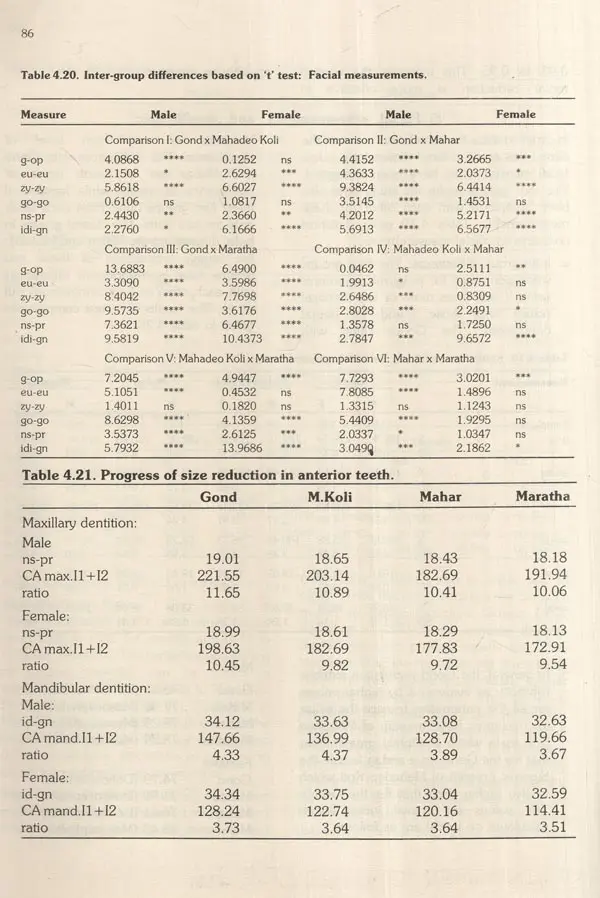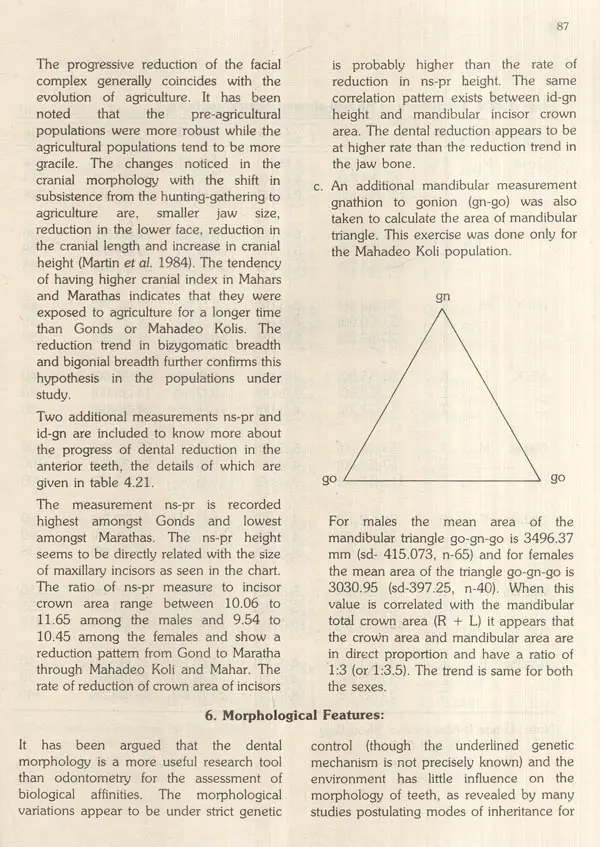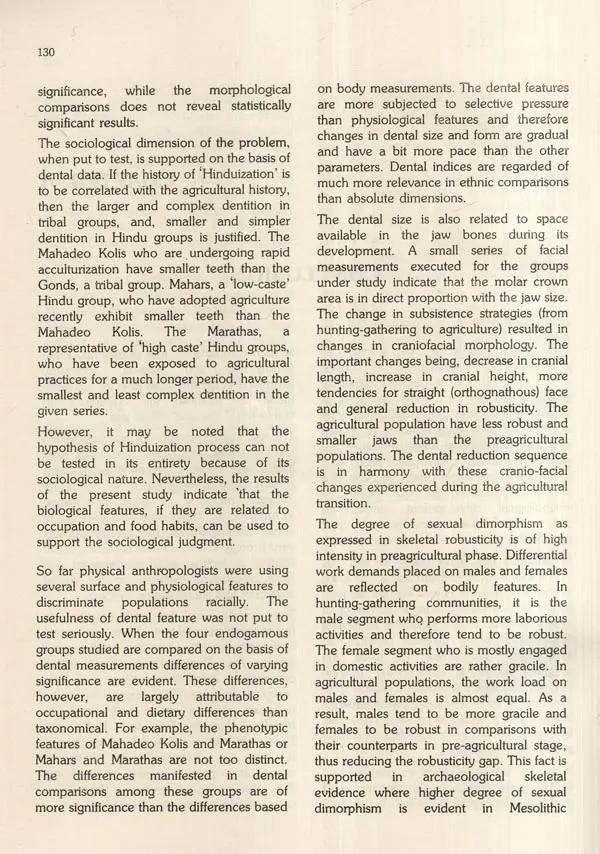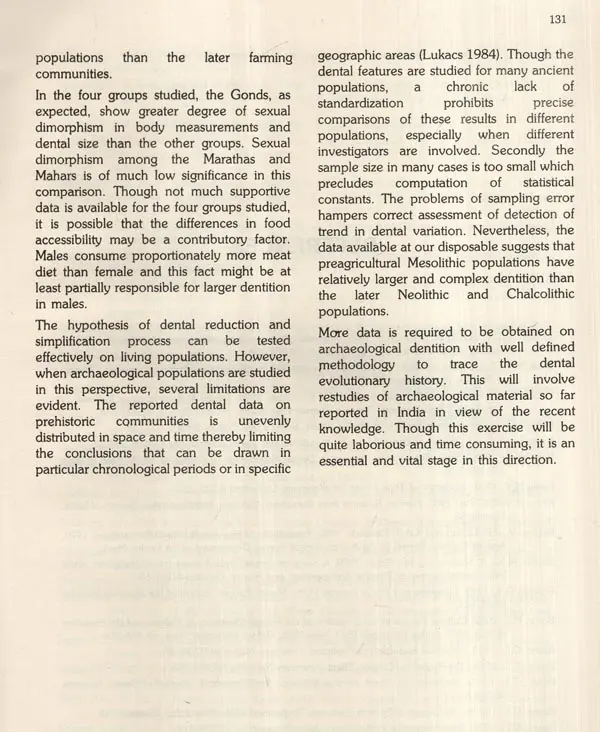Foreword A demographic perspective in South Asian palaeoanthropology has been slow to develop. Until recently studies on ancient human skeletal remains from South Asia were largely confined to establishing ethnic or 'racial' affinities as most investigators adhered to such racial paradigms in their analysis of skeletal data. During the last decade or so, because of the changed theoretical orientations, it has been possible to discem some features of the biological patterning and lifeways of extinct populations in the skeletal record. for initiating and promoting such studies goes mainly to Prof. KAR. Kennedy and Prof. John R. Lukacs. They introduced demographic and pathological approach in their studies of skeletal material from sites like Bagor, Sarai Nahar Rai. Mahadaha, Mehrgarh, Inamgaon and Mahurjhari and encouraged their Indian collaborators to work on specific research problems.
Preface During the last 15 years of my association with the Deccan College I had the privilege of working on several skeletal collections representing the Mesolithic. Neolithic. Harappan, Chalcolithic and Megalithic cultures and have contributed my mite towards resolving the problems pertaining to the skeletal biology of these ancient populations. in particular towards an understanding of the interaction between ancient populations. their habitats and their changing life styles, from hunting-gathering to more settled ways of life. While studying the basic morphometric. demographic and pathological features of these specimens, a need was felt to establish a good database on archaeological human skeletal material and to develop biological models on living populations for more meaningful interpretations of cranial, dental and epidemiological evidence. With these objectives in mind a comprehensive research project on Biological Anthropology has been undertaken. The present volume constitutes the first report in this series and deals with dentition, especially the evolutionary aspects of the dental size. The project has been financed by the University Grants Commission and I am grateful to the authorities of the UGC for their generous support for this study.
Book's Contents and Sample Pages
